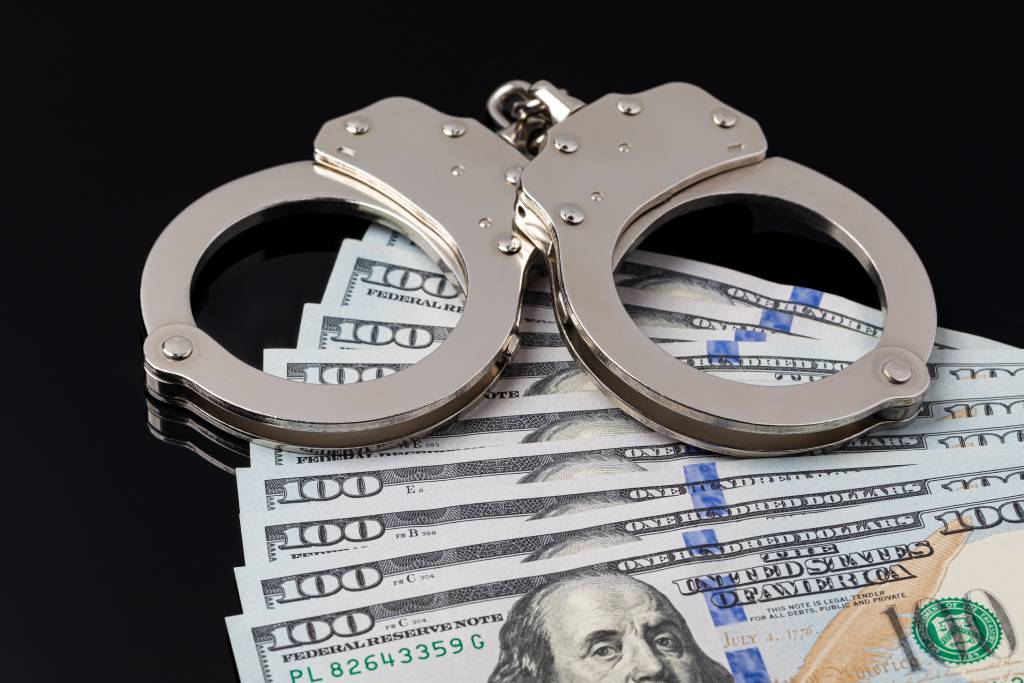
TL;DR:When bail is set, you can pay in full or use a bondsman, paying 10% plus collateral for the rest. Collateral secures the bail bond and is returned after court appearances. Immigration bail bonds may not require collateral, depending on the agency’s assessment and the co-signer’s financial credibility.
Main Points:
- Bail can be paid fully in cash or via a bondsman with 10% plus collateral.
- Collateral types include cash, property, vehicles, jewelry, or valuable assets.
- Collateral is returned after court appearances and bail exoneration, minus outstanding fees.
- Indemnitor is liable if the defendant misses court.
- Collateral is at risk if the defendant fails to appear and isn’t found in time.
- Immigration bail bonds can sometimes be obtained without collateral, based on risk assessments.
Once jail or a judge sets bail, the next step is to pay the full amount for cash bail or 10% if using a bail bondsman. For collateral for bail, you must secure the remaining 90% of the bail amount with collateral so the bondsman can cover it if the defendant doesn’t appear. The concept behind bail collateral is to provide additional liquid assets in exchange for the surety bond.
You pay the bond company a 10% premium to guarantee the defendant appears in court. The premium becomes fully earned and nonrefundable once the bail agency posts the bond for the defendant.
Forms of Collateral
Collateral for bail can be in the form of:
- Additional cash
- Credit card payment
- Mortgage deeds on real property or unimproved land
- Business equipment
- Automobile titles
- Jewelry
- Assignments on paper assets (e.g., stock certificates or bank accounts)
- Letters of credit
- Any other saleable possession of value
Some unusual forms of collateral for bail have been an oil well (1987 in Oklahoma) and a church (2010 in Queens, NY).

The bail company holds all collateral. They only release it once the defendant appears in court and the court exonerates bail. The bail company holds titles, certificates, and deeds in trust instead of keeping the actual item.
They usually store smaller items like jewelry in a safety deposit box or vault. Before they can return collateral, you must pay any outstanding payments on the premium.
The person who provides the premium and collateral for the bond is the indemnitor. This could be the accused, a friend, or a family member. If the defendant misses any required court appearances, the indemnitor remains responsible for the full bail amount.
What happens to my collateral if the defendant fails to appear?
Collateral is basically a security deposit, to ensure the bail company will not have financial loss. If the accused fails to appear, the collateral is of course at risk. In most cases, authorities find and arrest the defendant and bring them back to court within the allowed time.
If you don’t meet the timeframe, you forfeit the bail and the full amount becomes due and payable to the court. As the indemnitor, you can convert the collateral into cash, especially if it’s worth more than the bail.
Remember, the bail bond company’s job is to secure the defendant’s release and ensure they appear in court on time. The bail agent doesn’t want your property and would incur expenses moving forward to claim it. The bonding company works to find the defendant, with your help, and return them to court. Once that happens, they release the collateral back to you.
Can I get an immigration bail bond without collateral?
Yes, you can get a immigration bail bond without collateral. The bond process for immigration is different from the standard jail bond process. If you want to pay an immigration bond, you need to pay the full amount. If you don’t have the full amount, you can go to an immigration bail bond service.
In these cases, the bail bond agent doesn’t require property, cash, or other assets beyond the premium. Some agents offer immigration bail bonds without collateral under certain circumstances. While the bond amount is set by ICE or an immigration judge based on factors like the detainee’s immigration history and risk of flight. The decision to require collateral rests with the bond company.
These agencies evaluate whether to accept the bond without collateral based on:
- The bond amount already set by ICE
- The financial standing and reliability of the co-signer
- The company’s internal risk assessment policies
Families seeking an immigration bail bond without collateral should ask the bail bond agency directly. Some do offer immigration bail bonds no collateral, depending on the details of the case and the financial assurances the co-signer can provide.
Some no collateral immigration bail bonds come with other fees, interest rates and alternative payment options. You should always work with an agency that can explain clearly what these are to avoid unnecessary charges.